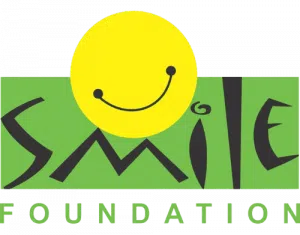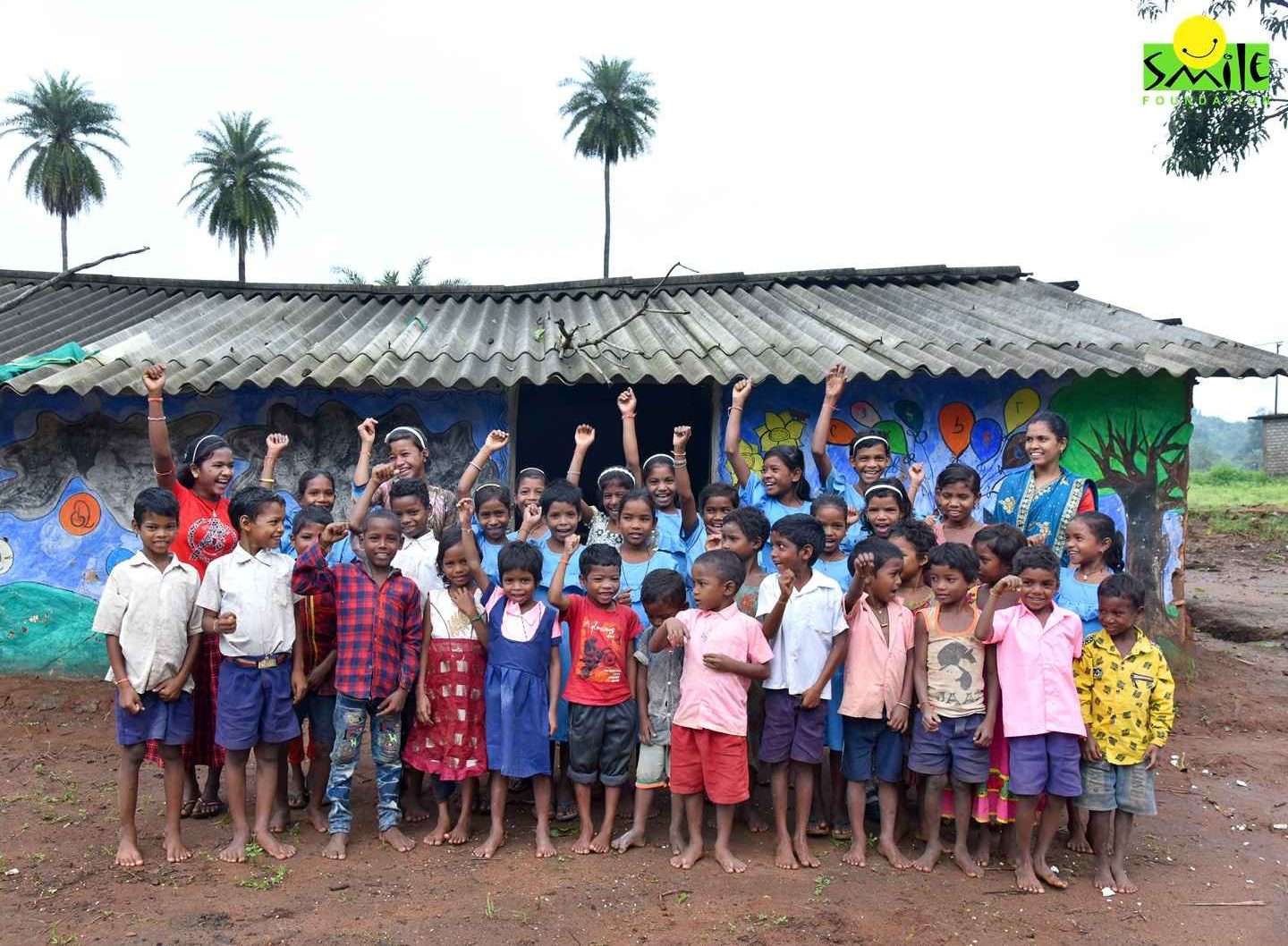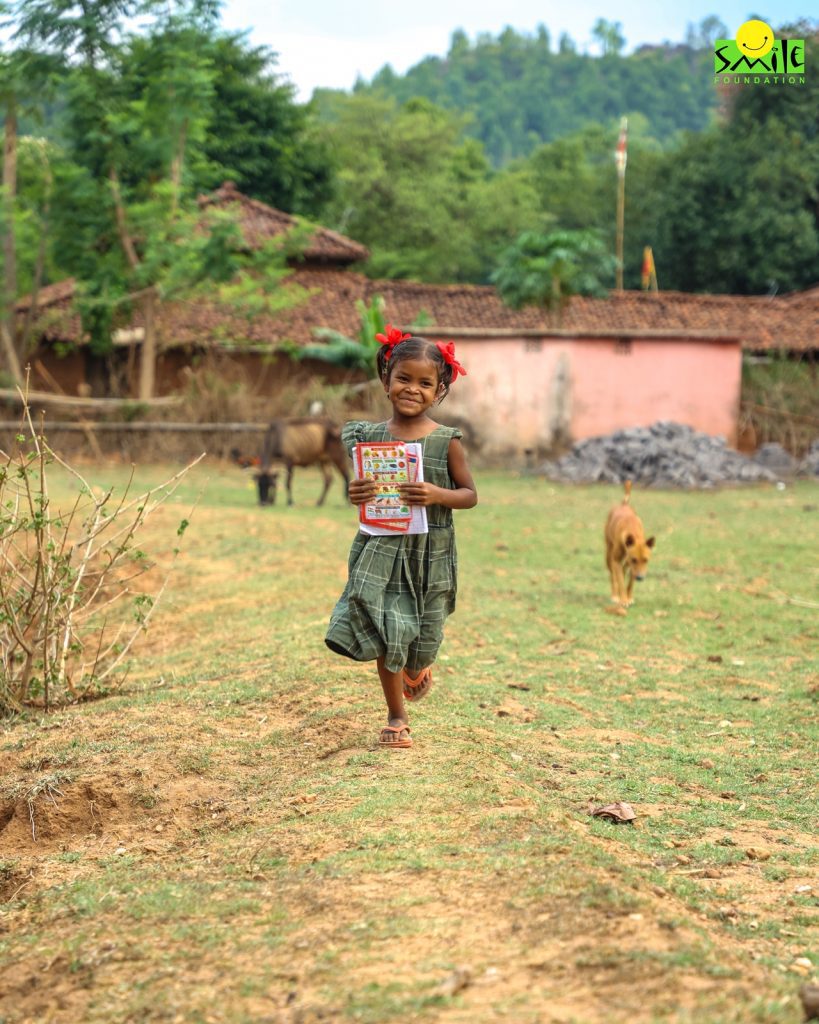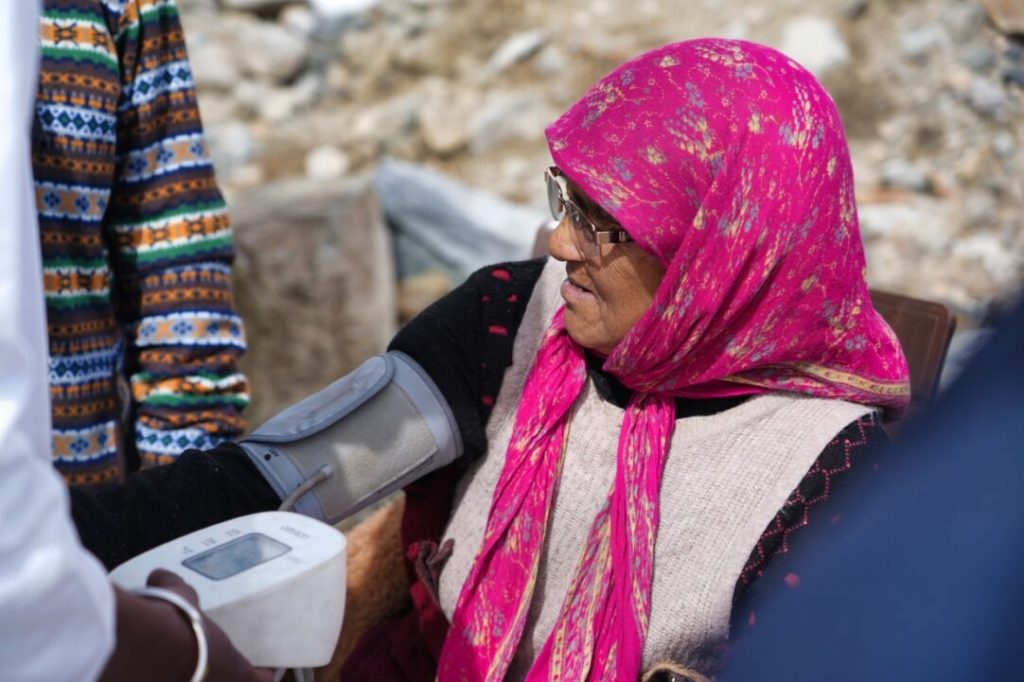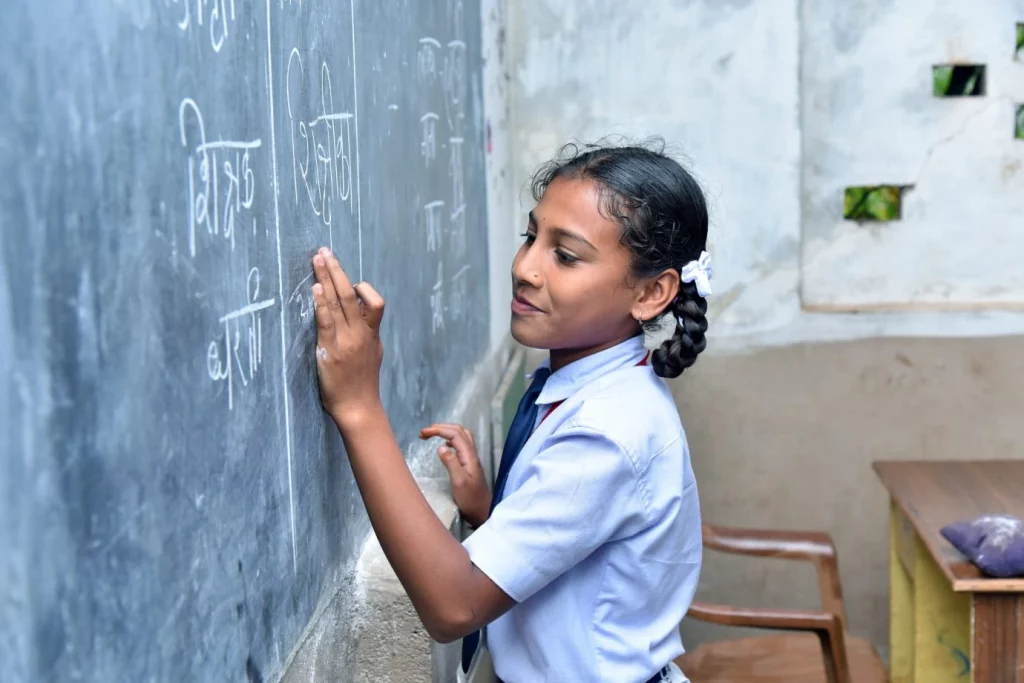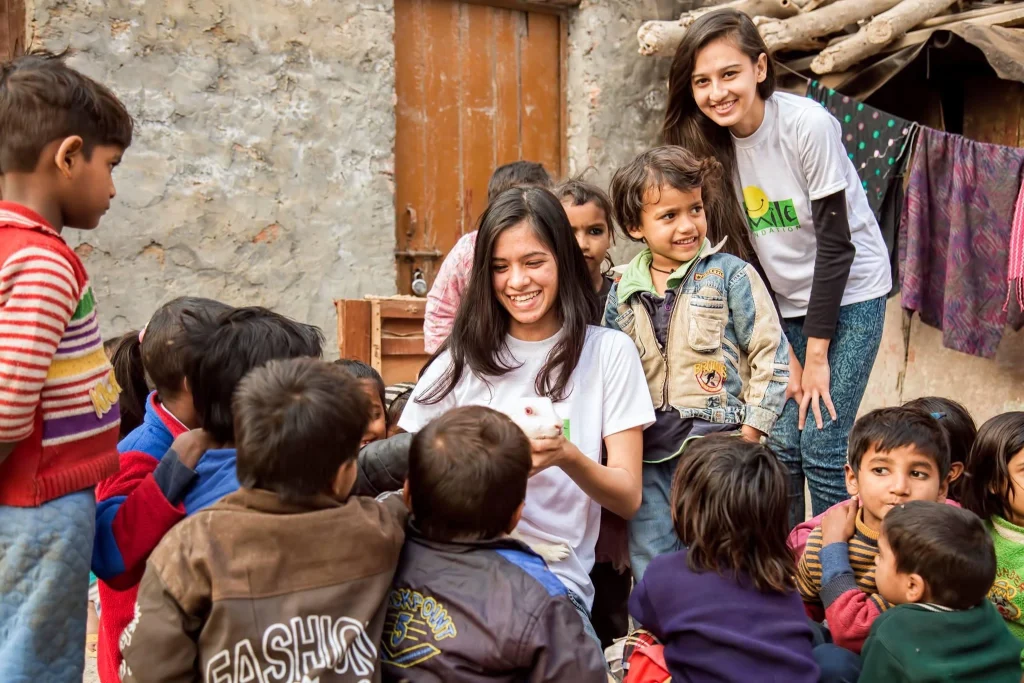Education is the cornerstone of any society’s growth and development. It shapes individuals, equips them with skills and empowers them to contribute meaningfully to their communities. However, for millions of underserved children around the world, education remains an unattainable dream.
The absence of quality education keeps children entangled in a relentless cycle of poverty, inequality and social exclusion, limiting their future opportunities. By investing in child education, we can transform lives, communities and ultimately, entire societies. Donations for child education are not just acts of charity but vital contributions to social progress and equity.
Our Motto: Education is Empowerment
Education is a powerful tool for individual and societal transformation. It opens doors to opportunities that would otherwise remain closed and provides the foundation for personal and professional growth. For underserved children, education is more than acquiring knowledge as a pathway to a brighter future. It equips them with critical thinking skills, literacy and numeracy, which are essential for navigating the complexities of life and the job market.
Education also fosters social cohesion and reduces inequality. When children from all backgrounds have access to quality education, it promotes inclusivity and understanding. It breaks down barriers and builds bridges between different segments of society, encouraging a sense of community and shared responsibility. This aligns with the United Nations SDG 4, which aims to ensure inclusive and equitable quality education for all.
Barriers to Education for Underserved Children
Despite the recognised importance of education, numerous barriers prevent underserved children from accessing it. These barriers are multifaceted and often interlinked, creating a vicious cycle that is difficult to break without external intervention.
1. Economic Constraints: Poverty is one of the most significant barriers to education. Families struggling to meet their basic needs often cannot afford school fees, uniforms, books or transportation. Children from such families are more likely to drop out of school to work and support their households.
2. Gender Inequality: In many communities, gender discrimination limits girls’ access to education. Cultural norms and practices may prioritise boys’ education over girls’, leading to a significant gender gap in school enrollment and completion rates. This challenge is addressed by SDG 5, which seeks to achieve gender equality and empower all women and girls.
3. Geographical Barriers: Children living in remote or rural areas often face challenges in accessing schools due to distance and lack of infrastructure. Poor road conditions and inadequate public transportation further exacerbate these difficulties.
4. Social Exclusion: Children from marginalised communities, including ethnic minorities, refugees, and those with disabilities, often face discrimination and exclusion from the education system. This exclusion can be due to prejudice, lack of inclusive policies or inadequate facilities to cater to their needs.
Addressing Educational Inequities
Addressing educational inequities requires a multifaceted approach involving financial support, advocacy and community engagement. Financial support through scholarships for school fees, uniforms and books is essential. Establishing community-based schools in areas lacking formal education infrastructure can guarantee that all children have access to quality education tailored to local needs.
Advocacy and raising awareness are important for promoting inclusive policies and dismantling barriers to education, involving collaboration with governments, communities and stakeholders. Additionally, support services like after-school programmes, mentoring and counselling help children overcome challenges, ensuring they not only attend school but also thrive in their educational journey. Together, this helps ensure these efforts create a supportive environment for every child to receive a quality education. Financial donations play a crucial role in sustaining these initiatives.
How Donations Can Make a Difference?
Donation for child education profoundly impacts individuals, communities and society. They ensure sustainable funding for educational programmes, especially those run by non-governmental organisations and individuals, allowing for long-term planning and stability. Donations facilitate resource allocation to essential areas, such as building classrooms, purchasing textbooks and funding teachers.
With adequate funding, educational programmes can be scaled to reach more children, amplifying their impact and fostering positive change. In addition, donations drive innovation in education, supporting new teaching methods, technologies and teacher training, which continually enhance educational quality. Together, these contributions make a tangible difference, empowering children with the skills and opportunities needed for a brighter future.
Towards a Brighter Future: Initiatives by Smile Foundation
Smile Foundation has undertaken several impactful initiatives in education, aiming to bridge the gap for underserved children. Mission Education programme, a Smile initiative, focuses on providing quality education, benefiting thousands of children across India. It follows a four-pronged approach:
- Improving learning outcomes
- Creating an enabling learning environment
- Capacity building of teachers
- Community engagement
By setting up well-equipped learning centers, the Foundation ensures a conducive learning environment.
Through its Shiksha Na Ruke initiative, Smile Foundation has been supporting children in challenging situations to continue their education, aiming for a brighter future and improved quality of life. Currently, we are directly educating over 120,000 children across 27 states in India. Our efforts rely entirely on the generous contributions of socially committed individuals. Donations play a crucial role in sustaining and expanding these initiatives, enabling us to reach more children and transform their lives through education.
The Bottom Line and Donation for Child Education
“Education is the most powerful weapon which you can use to change the world.”
– APJ Abdul Kalam
Education is a transformative force that can change the trajectory of a child’s life. For underserved children, it offers a chance to break free from the shackles of poverty and inequality. It empowers them to dream big and build a better future for themselves and their communities.
Donation for child education matters because they provide the resources needed to make this transformation possible. By supporting educational initiatives, donors can contribute to creating a more just, equitable and prosperous society.
Every donation, no matter how small, can have a profound impact on a child’s life. Through collective effort and generosity, we can ensure that every child has the opportunity to receive a quality education and realise their full potential.
